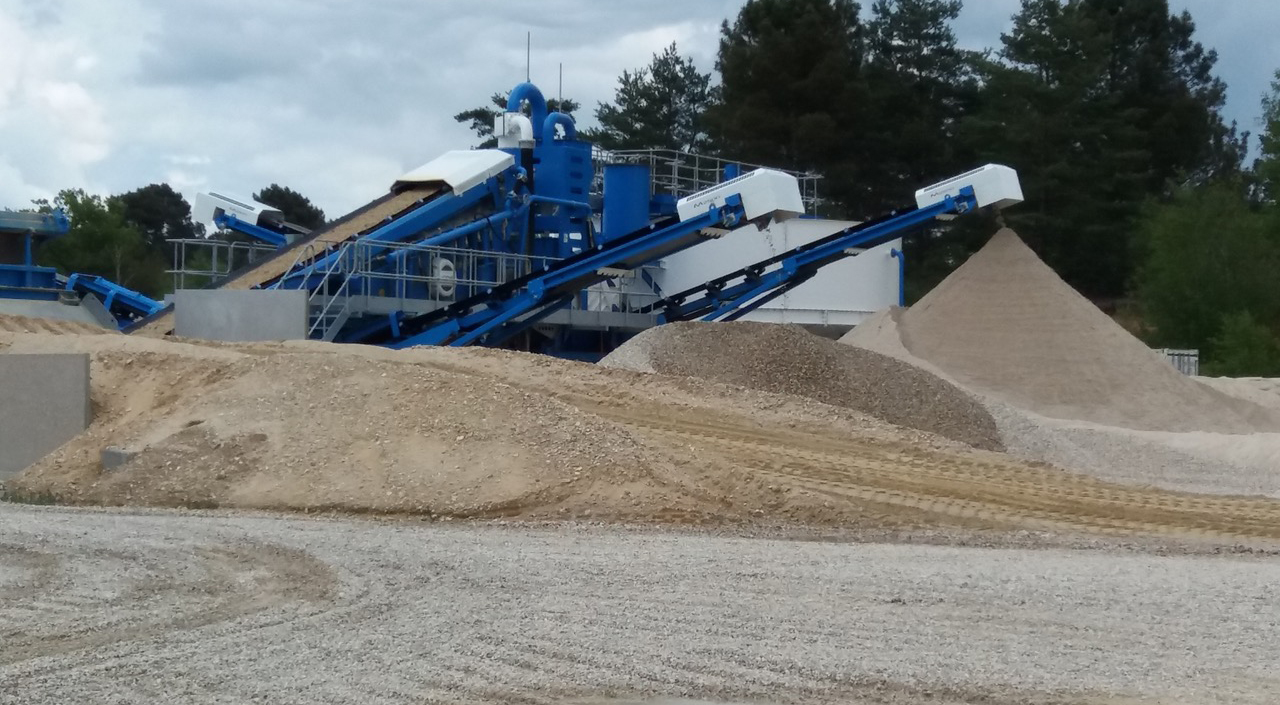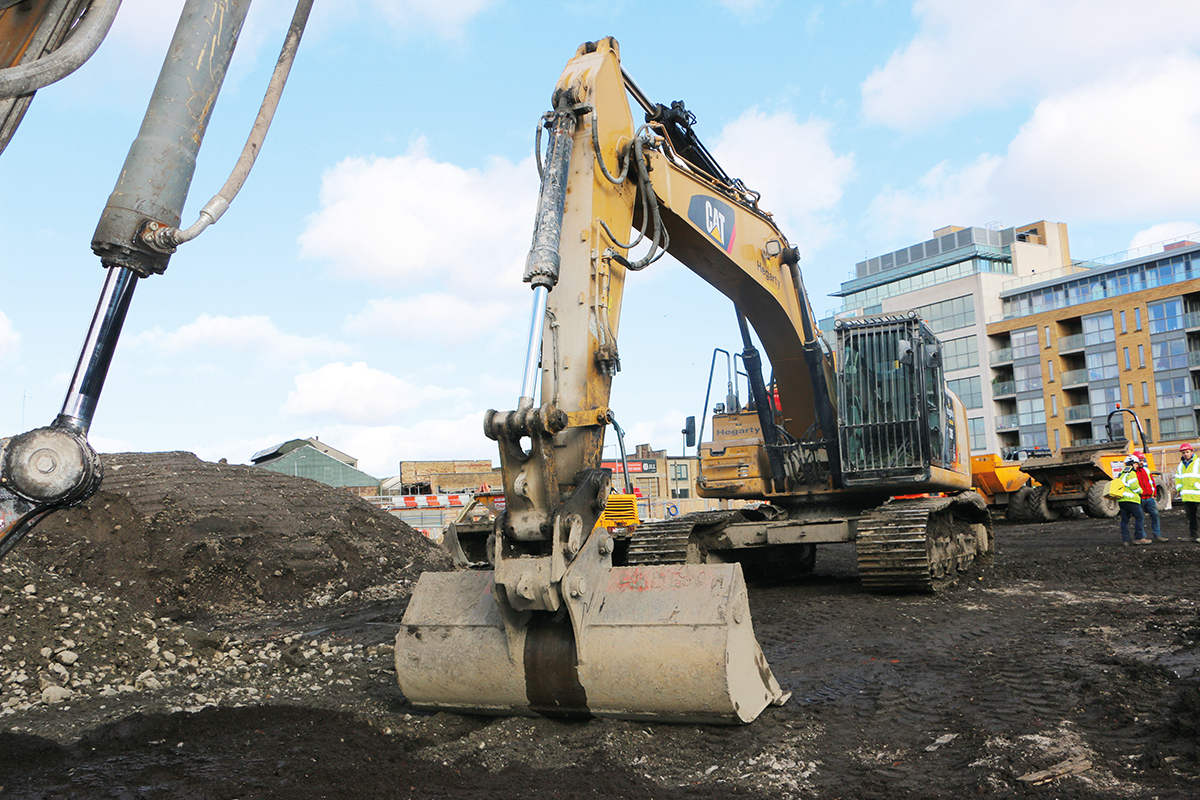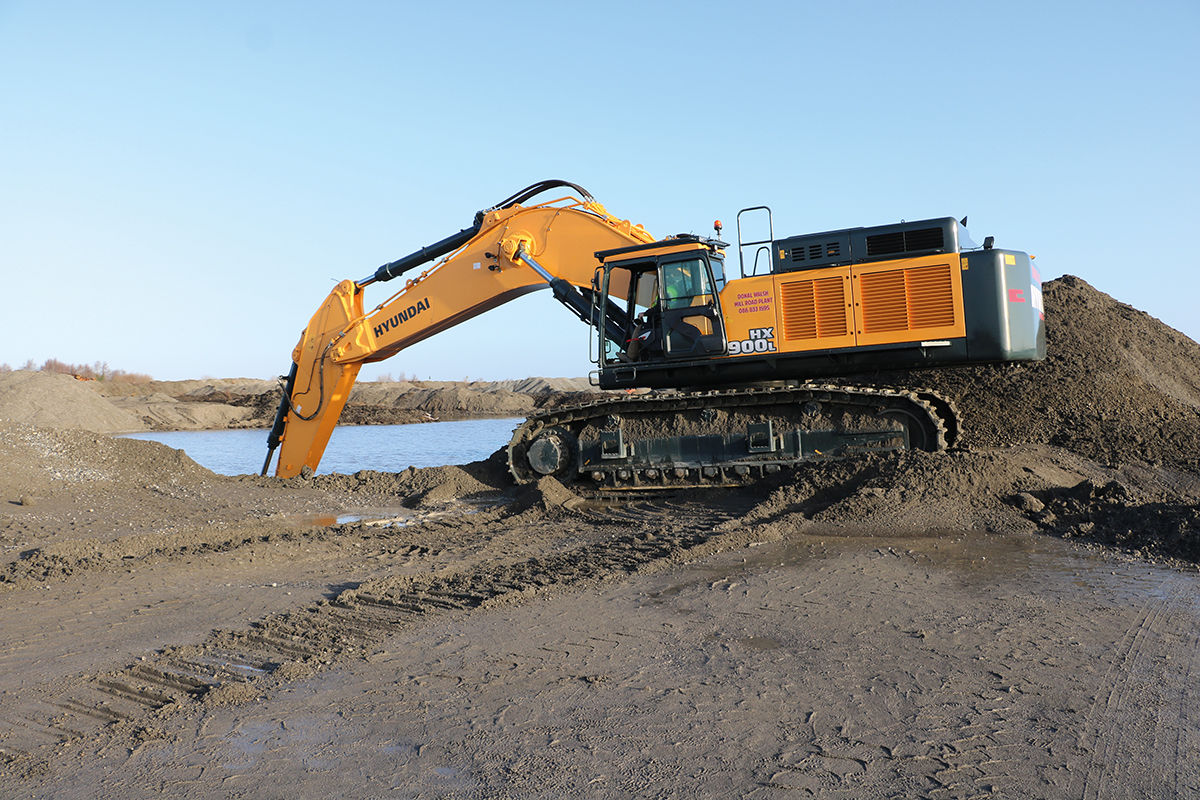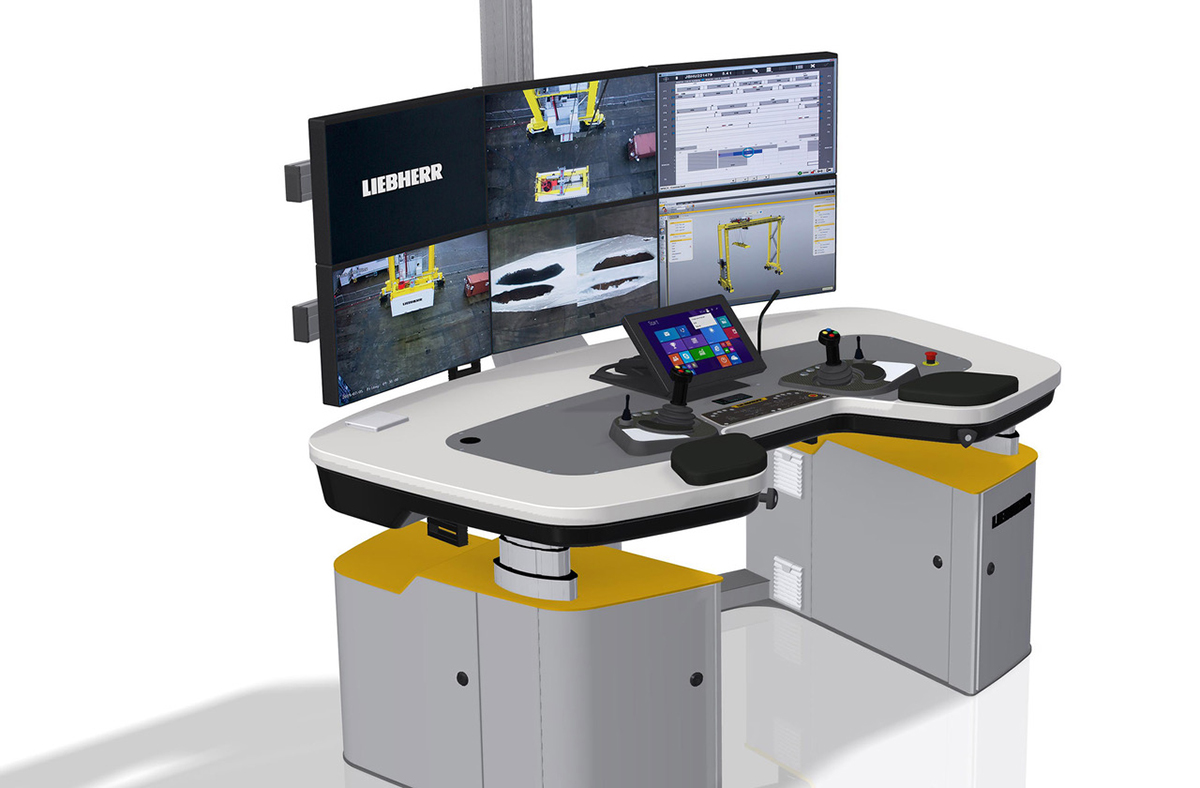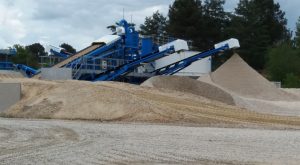 Located in the countryside of Brinon-sur-Sauldre, close to Orleans, the Sablière du Val de Loire quarry is preparing to double its production from 60,000 to 120,000 tonnes annually in response to the recent increase in demand for its sand and gravel products following the installation of a CDE wet processing system.
Located in the countryside of Brinon-sur-Sauldre, close to Orleans, the Sablière du Val de Loire quarry is preparing to double its production from 60,000 to 120,000 tonnes annually in response to the recent increase in demand for its sand and gravel products following the installation of a CDE wet processing system.
The Sablière du Val de Loire
The alluvial material is made up of 50% sand and 50% gravel and treated using a bespoke CDE solution, consisting of a wet processing unit and a water recycling unit. Very low in clay, the excavated material is dry and is fed directly into the hopper.
The quarry produces 60,000 tonnes of sand and gravel (4/10, 10/20, 20/40). 60% of the output is destined for the concrete industry and 40% for the civil engineering market. Rodolphe Gabriel, the owner of the quarry, says that the company also produces “sand graded 0/4 and below. This product is very fine, resembling beach sand. It’s popular with the region’s builders and plasterers because it can be worked into a very smooth product.”
The quarry serves an area covering French departments 18, 45 and 41 within a radius of 30 kilometres around Brinon-sur-Sauldre. This allows it to remain competitive in the raw materials market thanks to strict management of transportation costs and to pay close attention to its environmental impact.
The CDE solution
CDE’s M2500 E4X wet processing solution was co-developed with Rodolphe Gabriel to precisely meet his production requirements. The installation incorporates a feeding system, a sand treatment unit with cyclone technology, a washing and classification unit and stockpile conveyors on a single chassis. It is also linked to a waste water treatment unit – a CDE AquaCycle thickener with a capacity of 400m³/h, which allows up to 90% of the used water to be recycled for immediate re-use in the system.
The M2500 E4X wet processing unit
The CDE M2500 E4X includes a wet processing unit based on a CDE washing screen, a jet pump and a double-pass cyclonic unit for optimal washing. Marc Sopransi, Business Development Manager for CDE France, explains: “The jet pump is a substantial technological benefit. A high-pressure jet is located at the base of the washing screen sheet which collects the 4/10mm fraction. The material is then pumped and transported by a pipe to the dewatering screen at the front of the unit. This creates slightly increased additional attrition and provides an even higher quality product.
“Here, the jet pump treatment is applied to the 4/10. The granulometry curve of the Sablière du Val de Loire project lends itself to the use of this technology.”
Using this unit, it is possible to draw four fractions from the alluvial material. The washed products have a level of humidity of around 12% when they exit the conveyor belt, making them ready for immediate sale to the region’s construction and building companies.
Rodolphe Gabriel adds: “As well as being effective and reliable, the CDE equipment is also easy to use. A single operator is enough for the plant to produce 60-100 tonnes per hour. Given that the quarry is isolated, we of course prefer, for safety reasons, to always have two employees working together.”
Intelligent classification – 2 levels, 4 products
The wet classification screen incorporated into the CDE equipment at the Sablière du Val de Loire quarry can produce four fractions simultaneously, on two decks.
The specific arrangement of the bottom deck of the screen allows for the classification of an extra product, totalling three. The 0/4mm fraction passes through the upper part of the bottom deck before it is pumped to the cyclone. Meanwhile, the 4/10 passes through the lower part of the bottom deck and falls into its own sump, at the end of which the jet pump is located. Finally, the 10/20 fraction rolls out of the bottom deck of the screen to be stockpiled.
The AquaCycle thickener – recycling water
The system also includes a waste water treatment unit – a CDE AquaCycle thickener with a capacity of 400m³/h – which allows to recycle up to 90% of the water used via a system that traps fine materials and expels sludge into two settling ponds.
Rodolphe Gabriel explains: “The quarry doesn’t waste anything. We are very committed to protecting the environment and have put in place systems to preserve biodiversity.
“The use of a CDE AquaCycle contributes towards this effort. After an initial fill of 350m³ of water, 90% of the used water is recycled and reused in the system. We even recycle the water captured in the neighbouring ponds and ditches. 30 to 40m³/h of water is enough to keep the system going.”
Marc Sopransi continues: “The process water, after passing into the deaeration chamber and having the flocculant added, passes gently to the centre of the thickener so that the flocculant can work and act on the sedimentation of the fine material.
“The system’s integrated flocculant station allows precise dosing of the pre-mixed flocculant for efficient settlement. A single motor operates the rack arms of the AquaCycle for optimal treatment of the sludge prior to its drainage.
“The conical section of the thickener, with an integrated sludge pump, allows for rapid installation and start up.”
A big win for the Sablière du Val de Loire sand quarry
Thanks to strategic management of its resources and its operating priorities, the Sablière du Val de Loire quarry has until now been able to easily meet the demand for 60 tonnes an hour of washed, ready-for-sale sand and gravel. Today, this demand has increased significantly and Rodolphe Gabriel expects to double his production within the coming months. He says: “The industry of quality washed sand and aggregates is highly competitive in France and our CDE system has allowed us to rise to the challenge of meeting demand to position the Sablière du Val de Loire as a growing player in the market.
“Our aim of doubling our current production means a rapid return on investment, thanks to the equipment which is highly performant, economical, reliable and easy to operate by a minimum of employees.”


